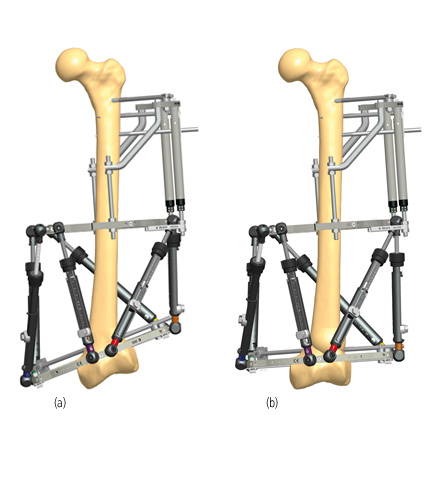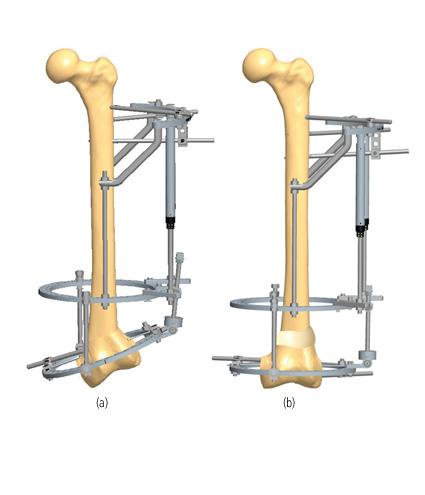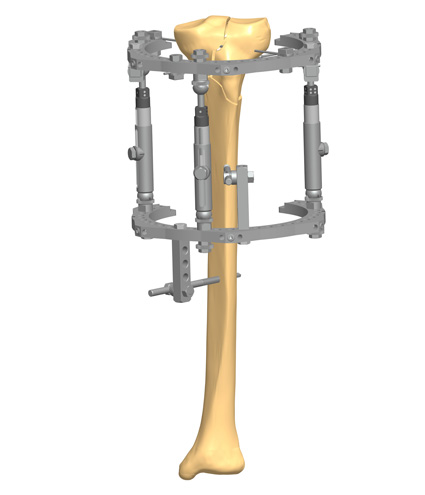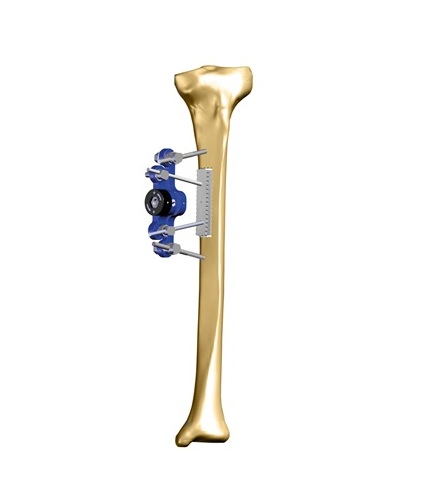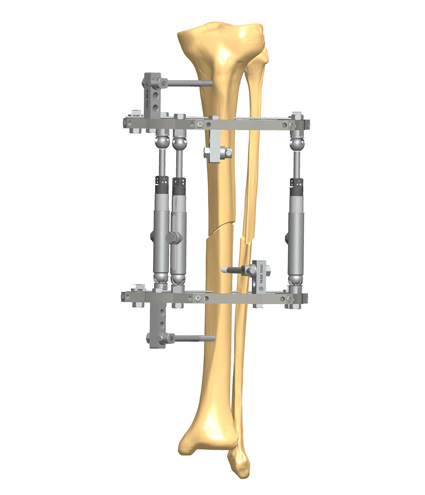Linked to peripheral neuropathy, Charcot Foot and Ankle is one of the serious foot complications affecting people with diabetes. Foot injuries that go unnoticed due to the reduced pain sensation accumulate, and, over time, there is bone deformation, ulceration, and infection. In a worst-case scenario, amputation may be necessary.
Diagnosing and managing Charcot Foot and Ankle is a challenge for physicians, especially in its early stage. Coping with a diagnosis of Charcot Foot and Ankle and living with it is also hard for patients, particularly if they already have to deal with the burden of a disease like diabetes.
In this article, we will go through the main questions that orthopedists receive from patients and their primary care physicians.
What Are the Symptoms of Charcot Foot and Ankle?
During the initial stage, it is difficult to distinguish an acute Charcot Foot and Ankle from other conditions, often leading to misdiagnosis. The early signs of Charcot Foot and Ankle include swelling, heat, and redness in the affected area of the foot or ankle. These markers of inflammation are sometimes a result of an injury, but many times there is no apparent trigger for a Charcot Foot and Ankle to start developing.
In this phase, pain may be present or not; the nerve damage diminishes pain sensation so this is not a reliable sign. If the Charcot Foot is not diagnosed and treated in this stage, it progresses until the bone consolidates with a deformity, entering the chronic stage.
Primary care physicians should consider a diagnosis of acute Charcot Foot and Ankle in any patient who is 40 years or older, is obese, and has peripheral neuropathy, when they present with a unilateral swollen limb and minimal or no pain. Additionally, if the patient had diabetes, this should increase clinical suspicion for the presence of acute Charcot Foot and Ankle.
In the article “Charcot Foot and Ankle Causes: Where the Pathology Starts” we explore further the causes of Charcot Foot and its link with diabetic foot.
Living with Charcot Foot and Ankle
If untreated, Charcot Foot rapidly progresses from the initial inflammatory stage to foot deformity and ulceration. The combination of external and internal pressure increases the risk of ulceration, especially in areas exposed to repetitive or excessive mechanical stress. Figure 1 shows the mechanism of ulcer development and the foot areas at higher risk of ulceration.

One of the main risk factors for developing Charcot Foot and Ankle is diabetes, and ulceration is more complicated in these patients. Being open wounds, ulcers are prone to infection, which can go deep enough to affect the bone. Diabetic foot ulcers are not always noticed by patients, so regular check-ups and patient education are paramount to avoid them.
Diabetic foot symptoms are somewhat similar to Charcot Foot and Ankle symptoms, since they also stem from peripheral neuropathy, and include:
- Changes in skin color or temperature
- Swelling
- Numbness in the feet, ankles, or legs
The progressive nerve damage in patients with diabetes causes numbness in the toes or feet, but it can also cause pain. Diabetic foot pain is characterized by a burning, sharp, or aching pain, which can be mild at first but with time it gets worse, impairing the ability to walk and even causing sleep problems.
Charcot Foot Amputation
If Charcot Foot and Ankle is not recognized and immediately treated, patients may develop severe deformity, ulceration, and infection. Infected ulcers are difficult to heal, and can lead to the most impactful complication of Charcot Foot and Ankle: amputation.
Even with preventative care and prompt treatment of infection and complications, there are cases when amputation is necessary to remove infected tissue, save a limb or even the patient’s life.
But this is a last-resort solution, and many new surgical techniques are available to avoid amputation. One main reason to avoid amputation is that it leads to inactivity, which in turn increases the risk of premature death. Among patients with diabetes, up to 80% are more likely to die within 5 years of having a limb amputated.
Conclusions
Charcot Foot and Ankle is a complex, challenging condition that requires timely diagnosis and appropriate treatments to avoid quick escalation into major issues.
To further explore the diagnostic approach in the diabetic foot and its complications, read “The Stages of Charcot Foot and Ankle Disease and the Importance of a Quick Diagnosis.”

References
- https://my.clevelandclinic.org/health/diseases/15836-charcot-foot. Last access: September 2021.
- IWGDF Guidelines on the prevention and management of diabetic foot disease. 2019.
- Moulik PK et al. Diabetes Care. 2003 Feb;26(2):491-4.

